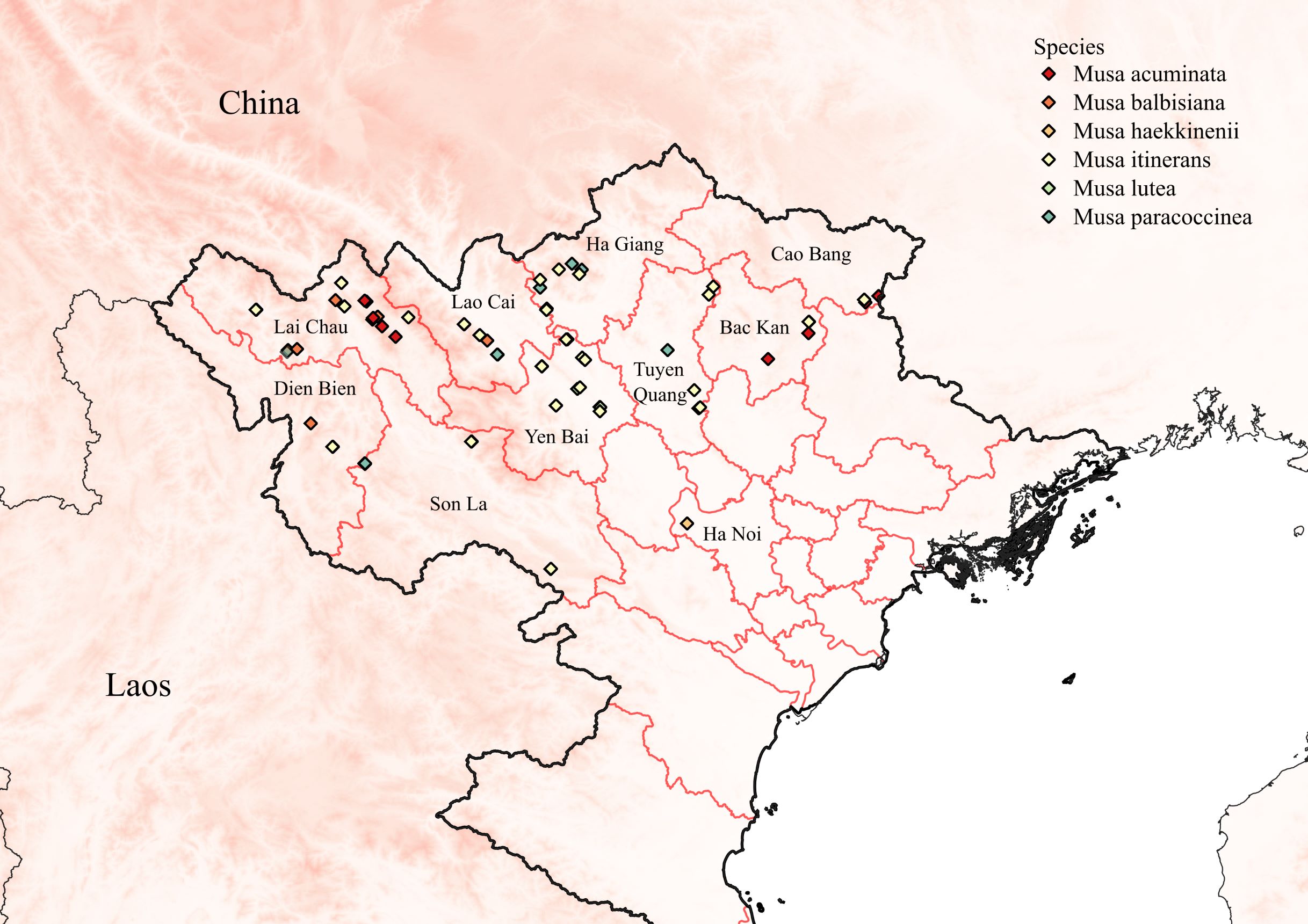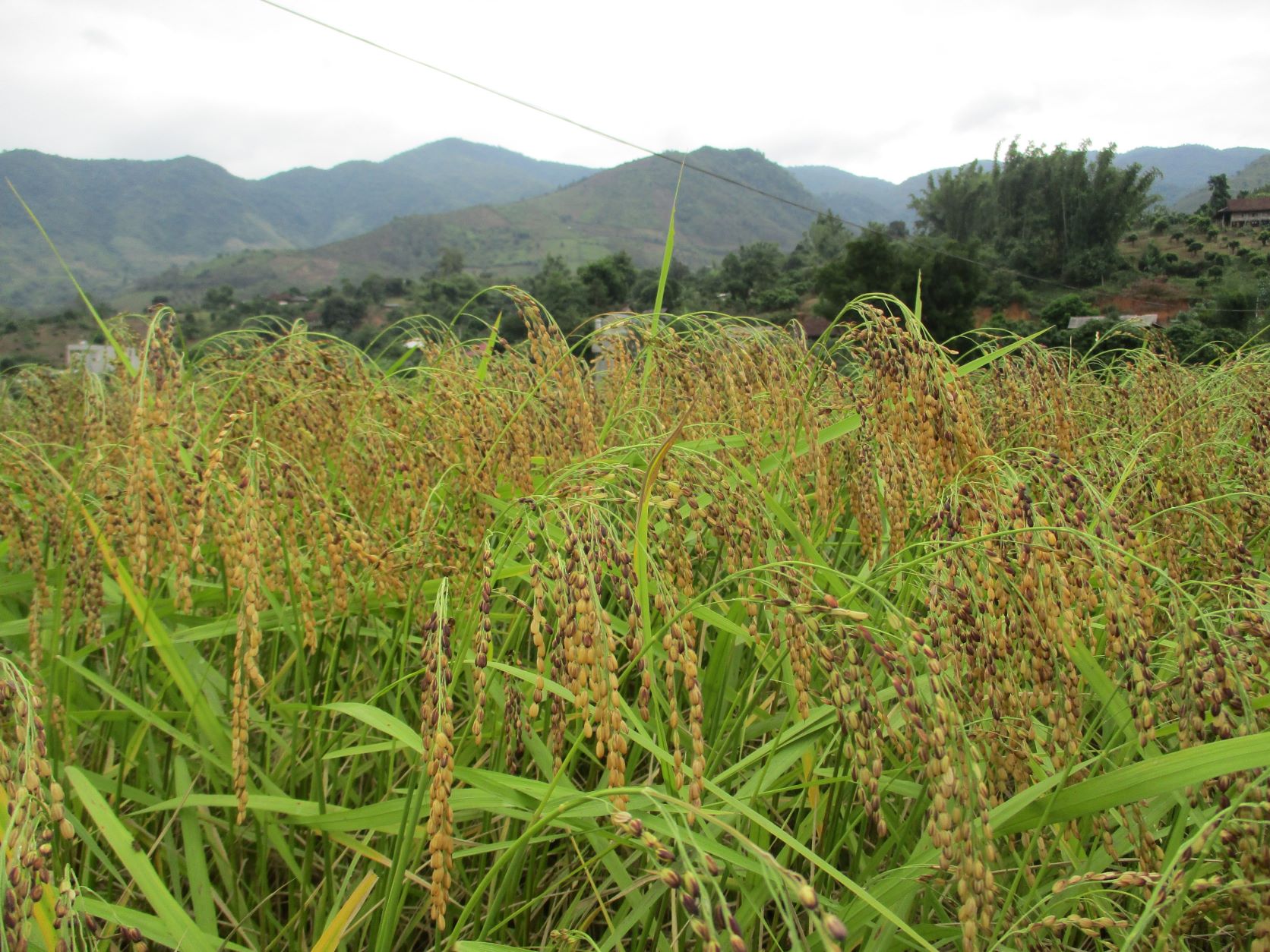Reappraisal of Edible Canna as a High-Value Starch Crop in Vietnam
- Hermann, N.K. Quynh, D. Peters
In Andean Roots and tubers, CIP Program Report 1997-1998, page: 415-424
Edible canna (Canna edulis Ker-Gawler) or Queensland arrowroot is a vegetatively propagated root crop from the Andes. Abundant archaeological canna remains found in the Pacific littoral in Ecuador and Peru predate most other food crops in this area. That suggests canna was a fairly common staple in prehistoric times, but was successively diminished by the introduction of other crops, notably by maize from meso-America and by Old World crops in the wake of the Spanish conquest. In the Andean highlands, canna continues to be grown as a subsistence crop or, to a lesser extent, as a cash crop for occasional ritual use. However, it is of no economic significance and is largely unknown in its native range.
Production advantages of canna include high N-use efficiency, high yields and harvest indices, shading tolerance, outstanding drought tolerance and water-use efficiency, and the absence of pest and disease and replant problems. A severe constraint to its wider use is its long duration to full productivity.
Similar in texture and taste to sweetpotato (Ipomoea batatas), the starchy canna rhizome is actually a palatable food, but it has an unattractive brown color and is rather fibrous. More important, canna must be boiled or steamed for several hours to soften root tissue sufficiently for it to be consumed. That constrains its use not only in urban areas but also in poor, rural highland communities where fuel wood is scarce. Thus, there is little scope for canna to regain some of its previous importance as a food for direct consumption.
Yet the ease with which canna starch can be extracted using makeshift equipment has not escaped the attention of rural people in the search for wheat flour substitutes. Canna has the largest starch granules known. They quickly settle out of a suspension of grated rhizome tissue. In the northern Andes, cottage industries have sprung up to extract canna starch, albeit of questionable hygiene and low productivity. Although the starch is highly valued locally, it is limited to certain bakery products to which it confers a spongy and light texture not achieved with alternative raw materials.
Canna production in the Andes is dwarfed by the crop’s use in tropical Asia, particularly in Vietnam and China. It spread there in past centuries presumably because of the ornamental value of its flowers. Because of its highly localized importance, and generally restricted role as pig feed and famine food, its presence in backyard gardens has rarely been noted. In recent decades, however, canna starch production in Vietnam, almost exclusively for transparent noodles, has become a major agricultural operation. This paper examines the principal features of canna use in Vietnam based on rapid appraisals in 1992 and 1995, and research from 1996 to 1998. The information provided fills a gap in the agricultural and food science literature, and identifies priorities for further research and breeding efforts.
Full text: Reappraisal of Edible Canna as a High-Value Starch Crop in Vietnam



